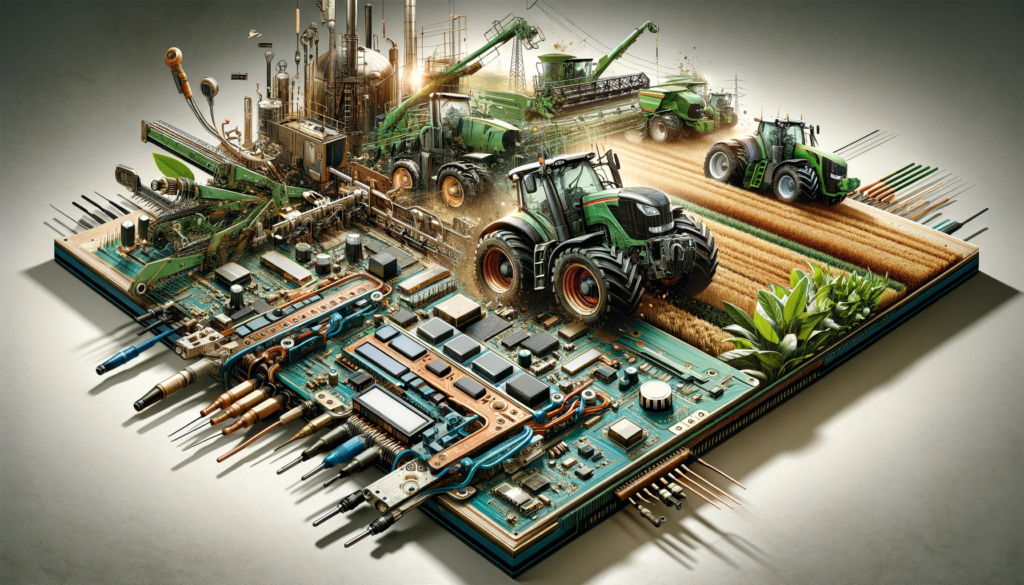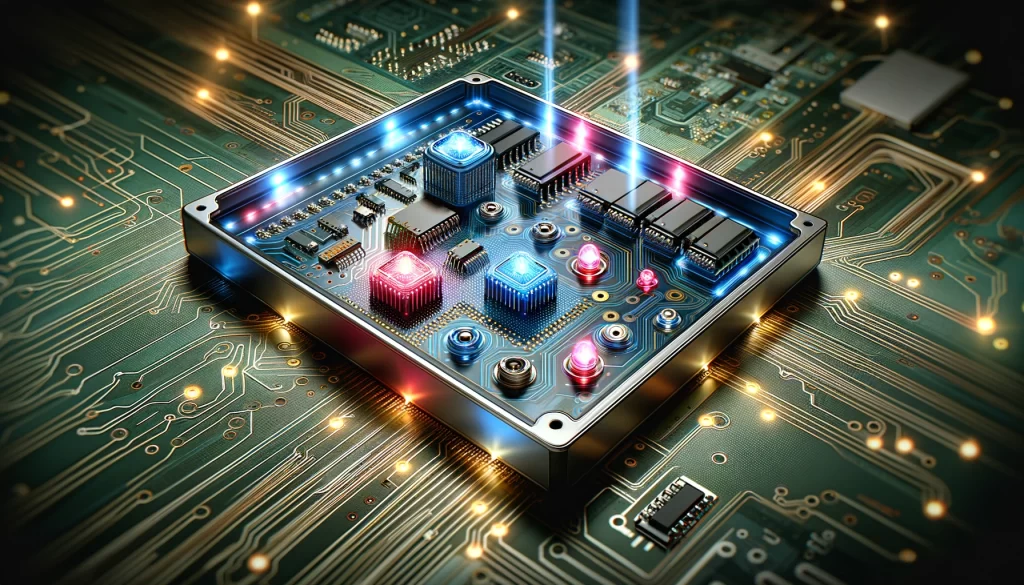Introduction
In the realm of industrial controls, the interface between machine and operator is crucial for efficient and safe operation. Tactile membrane switches have emerged as a vital component in this interface, offering reliability, durability, and a user-friendly experience. This blog post delves into the role of tactile membrane switches in industrial controls, highlighting their importance and advantages in these applications.
Why Tactile Membrane Switches in Industrial Settings?
1. Durability and Reliability:
- Tactile membrane switches are designed to withstand harsh industrial environments, resistant to dust, moisture, chemicals, and extreme temperatures.
2. Clear User Feedback:
- The tactile response ensures operators receive immediate physical feedback upon activation, crucial in noisy or visually demanding environments.
3. Customization for Specific Needs:
- These switches can be customized in layout, design, and functionality to suit specific industrial control systems.
4. Ease of Maintenance and Cleaning:
- Their smooth surface and sealed design allow for easy cleaning and low maintenance, essential in industrial settings.
Applications in Industrial Controls
1. Heavy Machinery Controls:
- Used in controlling various types of heavy machinery where precision and reliability are paramount.
2. Safety Systems:
- Integral in safety-critical applications, where a clear and reliable interface can prevent accidents.
3. Data Input Devices:
- Employed in data input terminals within industrial environments for their durability and ease of use.
Design Considerations
1. Material Selection:
- Materials are chosen for their ability to endure industrial conditions, such as UV-resistant overlays and rugged backings.
2. Tactile Feedback Mechanisms:
- The choice of metal or polydome domes to provide the desired level of tactile feedback.
3. Interface Layout:
- Ergonomically designed to ensure ease of use, reducing operator fatigue and errors.
Integrating Advanced Technologies
1. Backlighting Options:
- Incorporating LED or fiber-optic lighting for visibility in low-light conditions.
2. Touchscreen Integration:
- Combining traditional tactile switches with touchscreen technology for enhanced functionality.
Conclusion
Tactile membrane switches play a pivotal role in the world of industrial controls, marrying durability and functionality with ease of use. Their ability to be customized and their inherent reliability make them an ideal choice for various industrial applications. As technology continues to advance, the integration of tactile membrane switches in industrial controls will undoubtedly evolve, further enhancing operational efficiency and safety in these critical environments.




